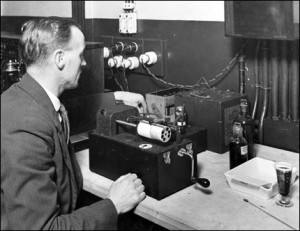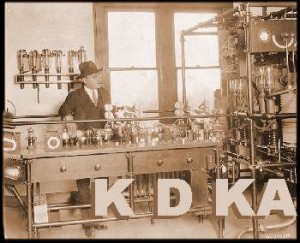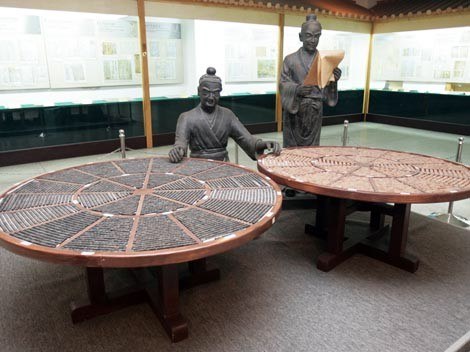
From Google Images
Early signs of Sports journalism date back to the 1400s.
Sports reporting was done by word of Mouth until the letter press was created. Now sports reporting has gone to a whole new level with its own channels on TV.
Channels such as ESPN and Comcast Sports starting to be come popular in the late 1900s. Sports started to fade out of general news when these channels arose.

ESPN From Google Images
Sports Journalism is more tolerated and seen in the United States. reporters are allowed in the Locker room for stories regardless of sex. A huge scandal in going on in the News now about Women being allowed in men locker rooms.
Ines Sainz is a Mexican reporter who is centered around the controversy. She was reportedly harassed in the New York Jet’s locker room.

Ines Sainz From Google Images
Women have become very popular in sports broadcasting over the last few years. It is not unlikely to see a women reporting and covering Men’s Sports.
Sports journalism has involved from word of mouth to a section in the news to its own journalism. There are hundreds of sports magazines, radio stations, and shows.
Journalism itself has involved dramatically over the years and Sports Journalism will keep growing.


 news, debate popular politics, and conduct business.
news, debate popular politics, and conduct business.








